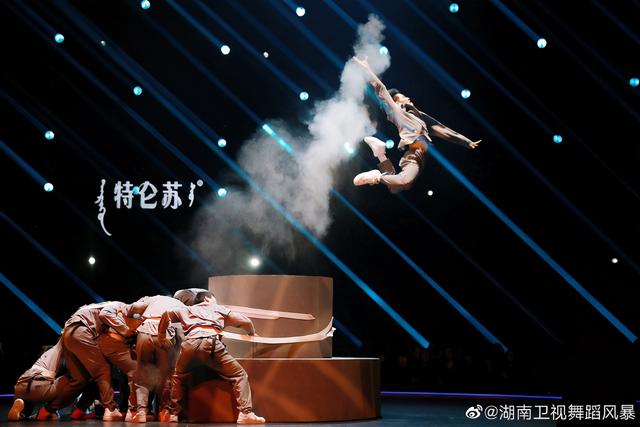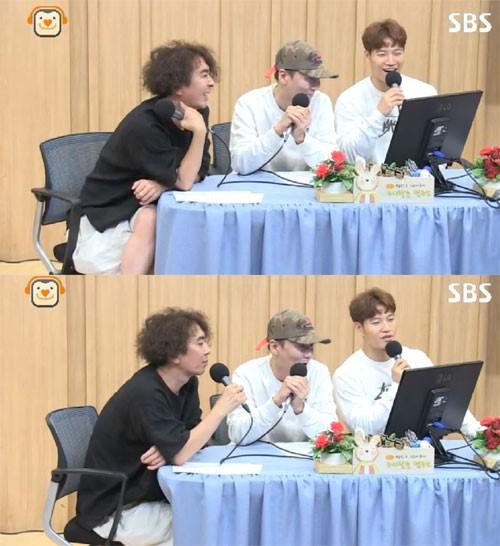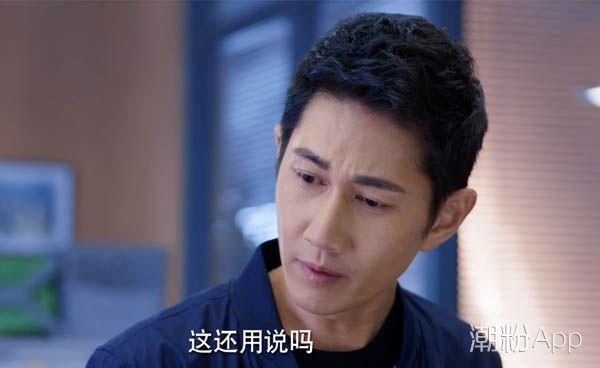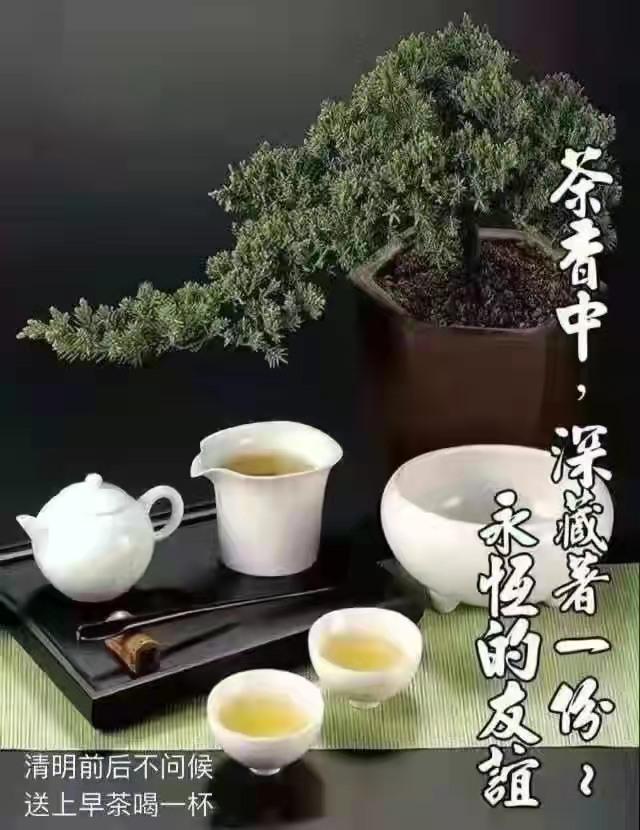【课文动画】
【Text】
We have an old musical instrument. It is called a clavichord. It was made in Germany in 1681. Our clavichord is kept in the living room. It has belonged to our family for a long time. The instrument was bought by my grandfather many years ago. Recently it was damaged by a visitor. She tried to play jazz on it! She struck the keys too hard and two of the strings were broken. My father was shocked. Now we are not allowed to touch it. It is being repaired by a friend of my father's.
【参考译文】
我家有件古乐器, 被称作古钢琴, 是1681年德国造的. 我们的这架古钢琴存放在起居室里. 我们家有这件乐器已经很久了, 是我祖父在很多年以前买的. 可它最近被一个客人弄坏了, 因为她用它来弹奏爵士乐. 她在击琴键时用力过猛, 损坏了两根琴弦. 我父亲大为吃惊, 不许我们再动它. 父亲的一个朋友正在修理这件乐器.
【课文讲解】
1、It is called a clavichord.
call在这里的意思是“把……称为”、“称呼”,既可用于主动态,也可用于被动语态。
call sb.sth./sb.be called 称某人为……,什么被称为……
What do you call this? 你们把这称为什么?

2、It has belonged to our family for a long time.
belong是一个表示状态的动词,而不是行为动词,所以不能用于进行时,常用的时态是一般现在时和现在过去时。
This farm belongs to me and it belonged to my father before me.

3、She tried to play jazz on it!
play n. 玩,演奏(乐器等)
① 跟球类连用, 直接 球类;
② 跟乐器连用, the 乐器, 演奏乐器而非音乐
③ play music on 乐器 , 一定要用 “on”

【Key structures】
被动语态
主动语态与被动语态皆指动词的形式而言。在主动句中,动词的主语是执行动作的人或物;在被动句中,动作是对主语执行的。
被动语态由be的一种形式和过去分词构成。主动语态的时态用法规则也适用于被动语态。动词作及物动词用时才能构成被动语态。如果要说明是什么人或什么东西做了某事,则用“by 行为主体”结构。“行为主体”也可以不表示出来。
【Special Difficulties】
与被动语态的made连用的几个介词
made in表示产地或时间
It was made in Germany.
made of表示用某种材料制成(通常指制造后不改变该材料原来的性质或形状)
The tea pot is made of silver.
made from表示用数种材料制成,或者是制造后改变了材料原来的性质或形状
Paper can be made from wood.
made by表示由谁制造
This cake was made by my sister.
be made into 被制成……
The gold is made into a ring.
双重所有格
双重所有格/双重属格 : 名词 of 名词所有格(名词性的物主代词)
英语中通常用-’s和of结构来表示所有格。-’s结构通常用在人名和表示人称的名词的末尾,而of结构则常与无生命的名词连用。
-’s结构的所有格可用于of结构之后,称为双重所有格。在名词前面,可以用a,this,that,these,some,any,no等,但不用the。
He is a friend of mine. 含有“他是我的一个特殊的或惟一的朋友”之意。
He is no friend of mine. 含义是“我根本不认识他”或“他是我的敌人”
强调很多当中的一个或几个的时候, 选用双重属格结构
a friend of my father/my father's friend(s) 只有一个朋友
a friend of my father's 很多朋友中的一个
It happened to a friend of mine. 我的很多朋友中的一个
【Multiple choice questions】
7 We are not allowed to touch it. We ___a___ touch it.
a. mustn't b. mustn't to c. haven't to d. don't have to
肯定结构中must和have to是一个概念;否定结构中must和have to就不一样了,mustn't:不准, 不可以;have to的否定:don't have to不必(have实意动词)
You don't have to go to school. 今天你不必去上学
You mustn't go to school. 今天你不许去上学
- It's kept in the living room. That's where we ___a___ it.
a. have b. hold c. lift d. carry
keep(kept,kept) v. 保持,保存
keep sth. 地点 在某地放……(状态)
put v. 放(动作);lift v. 举起;carry v. 扛着, 背着, 抱着
hold v. 拥有, 持有, 握着;have v. 拥有
2. The visitor damaged it. She ___c___ it.
a. hurt b. pained c. broke d. destroyed
damaged:可以修复
destroy:无法修复
pain:有身体的疼痛
broke:打破, 打断, 打碎
I broke my leg.
★hurt
① hurt oneself/身体的某个部位 ……受伤
Hurt my leg.
② 身体的某个部位 hurt ……疼痛
My hand hurts.
③ hurt feelings 伤害……感情,……受伤
,




